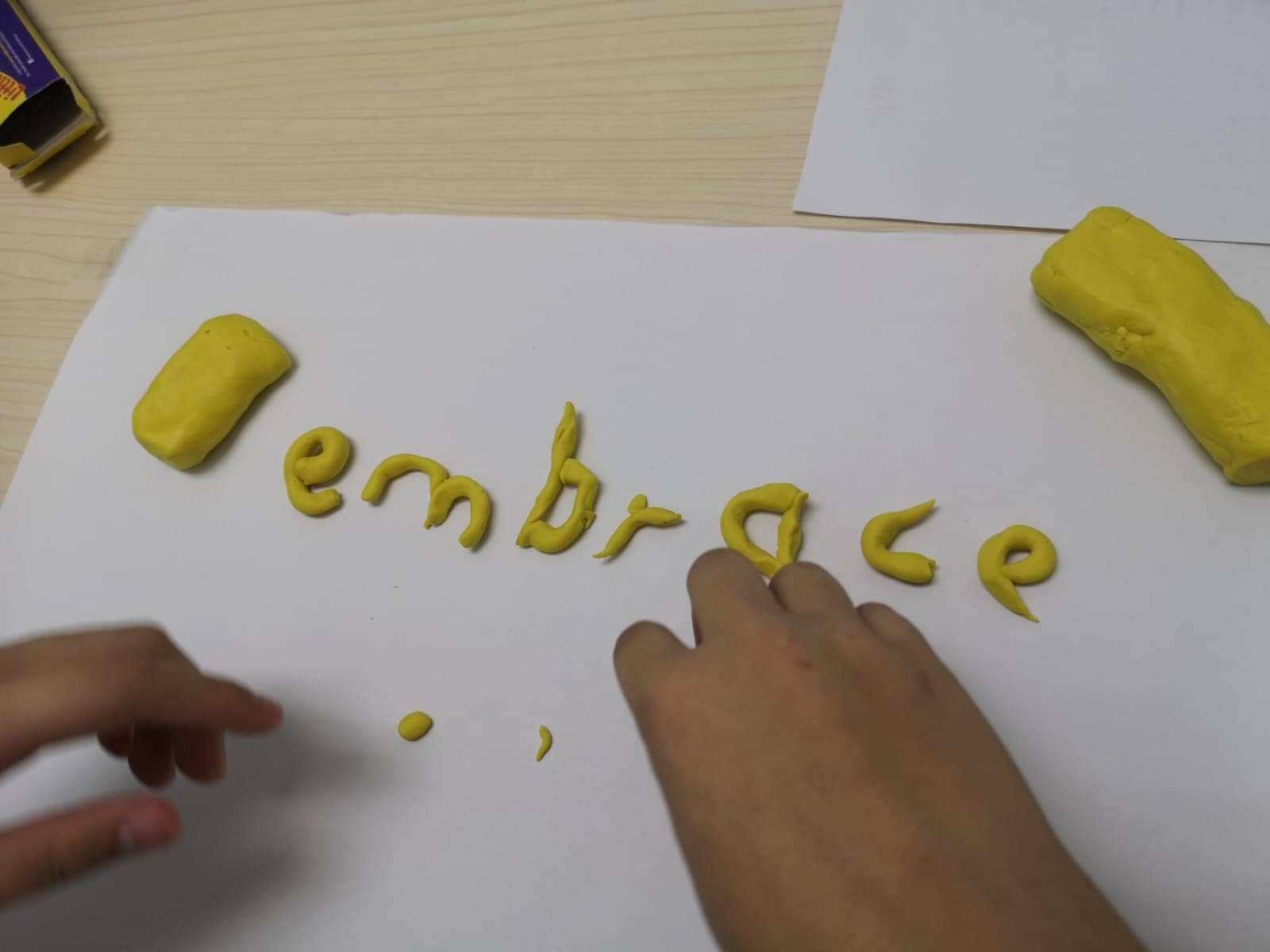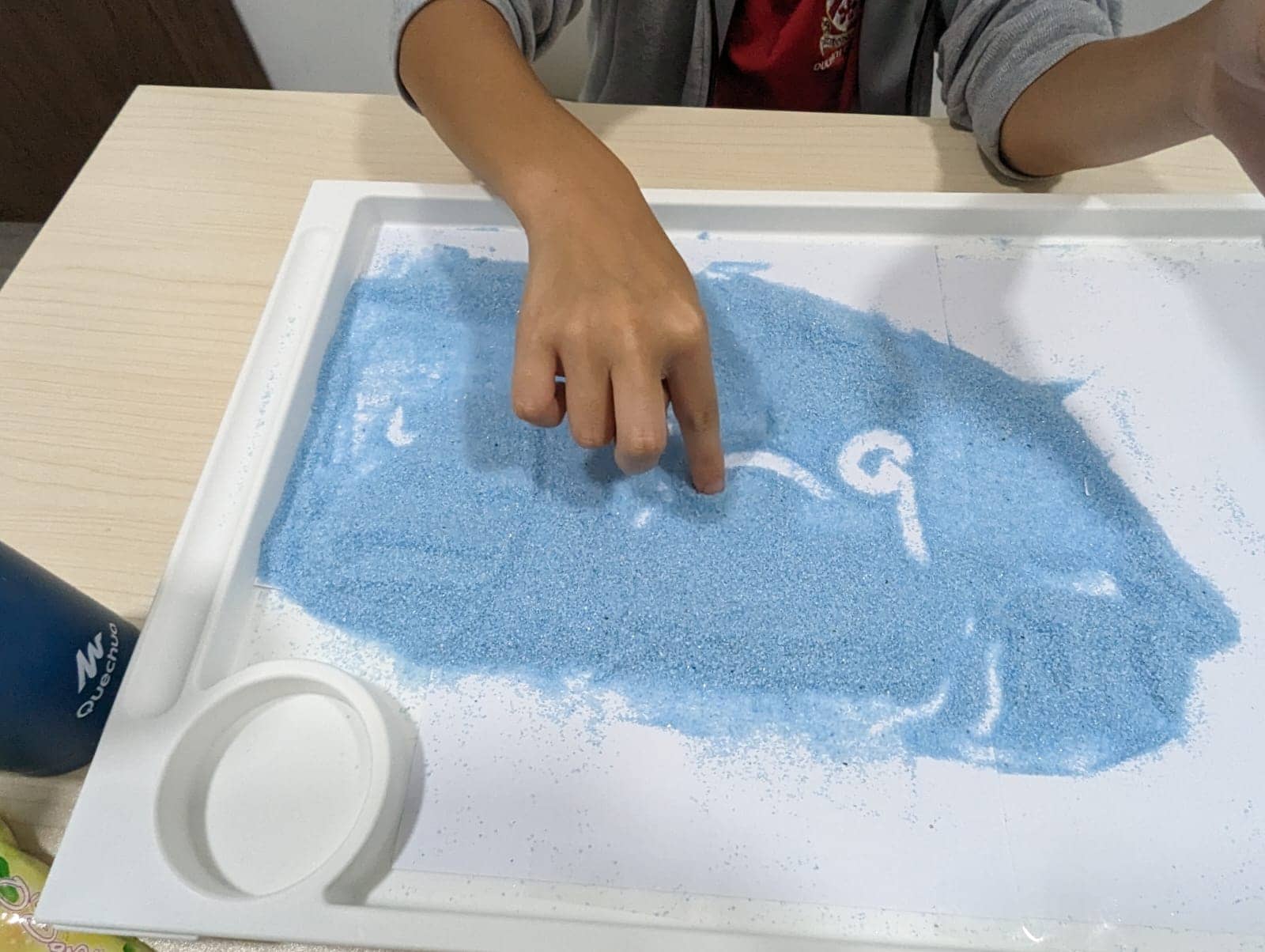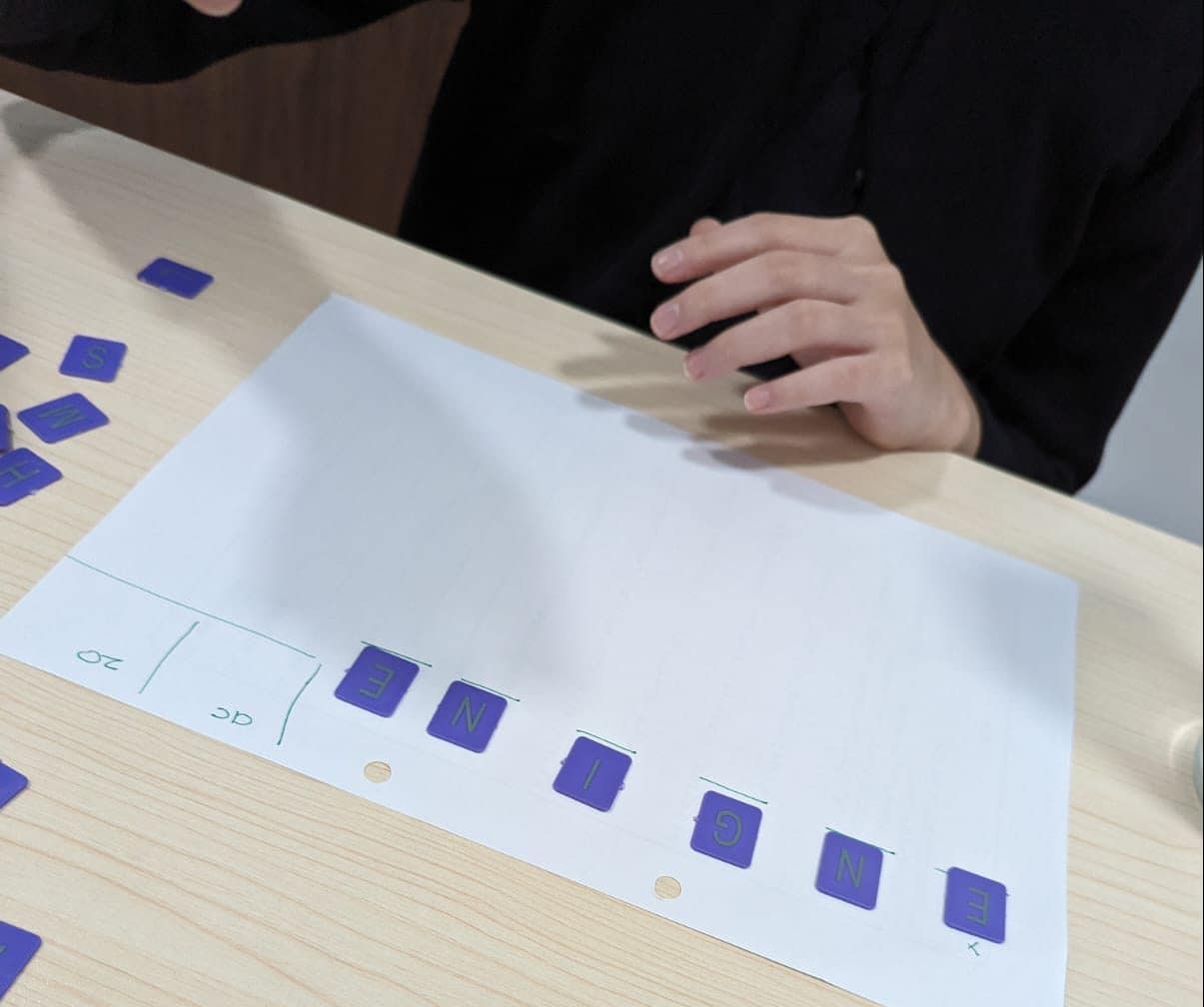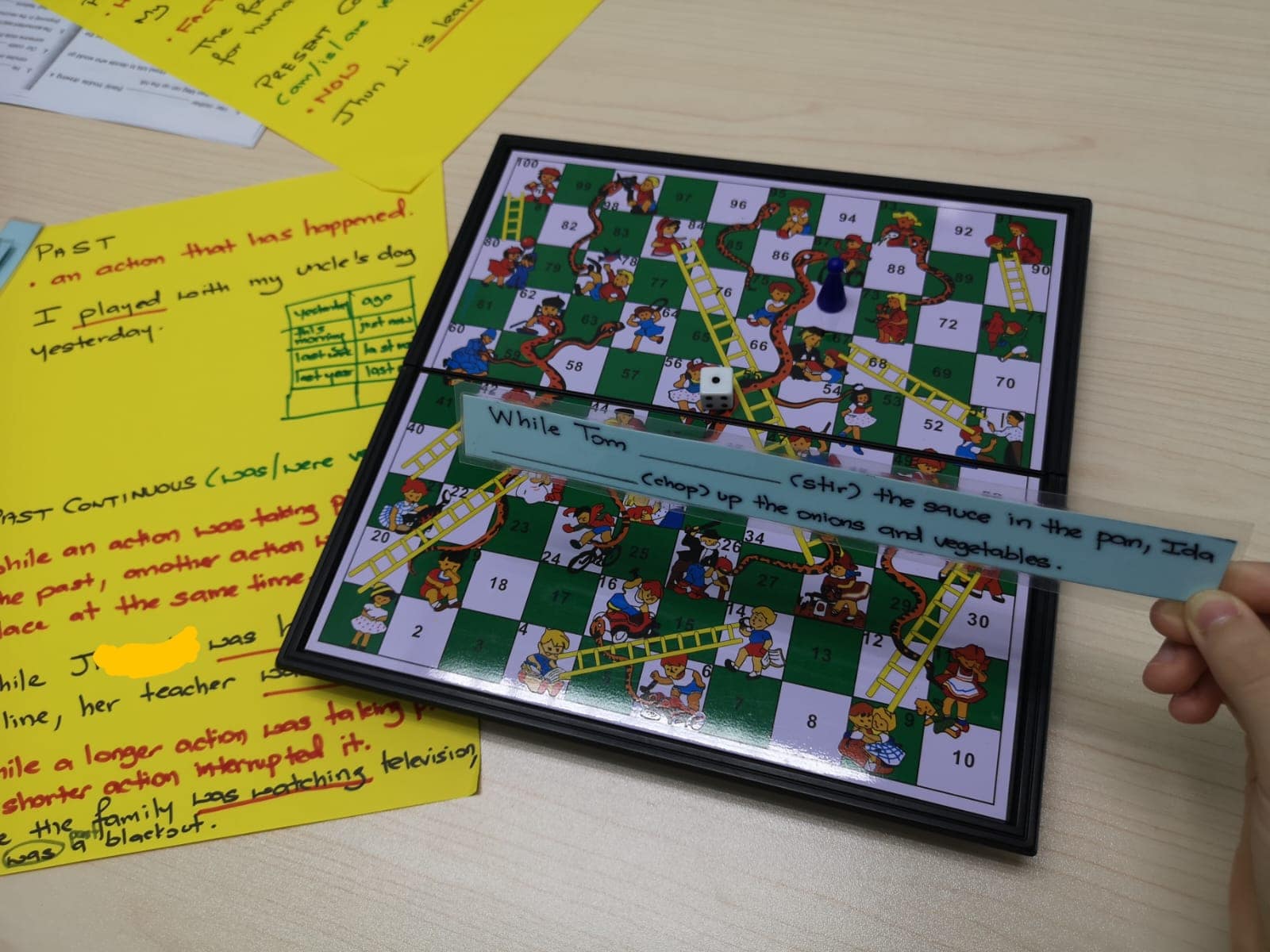In a world where each individual’s unique learning journey is valued, we understand the importance of providing tailored support to unlock the genius within every learner. Our platform is dedicated to the holistic development of learners, offering a diverse range of educational therapy resources and services.
Our therapists have more than twenty years of experience working with students
Supporting students from most local schools and top 5 international schools
Tailored solutions to meet every student’s needs




J, diagnosed with autism, found the necessary support at Pathlight, where he thrived. Later, he transferred to a local school to pursue N Levels. Unfortunately, he encountered persistent bullying from a few classmates, causing distress not only to him but also to the teachers. Just months before his exams, the bullying took a toll on J, leaving him feeling disheartened and frustrated upon entering class. He struggled to focus on the session, repeatedly voicing his desire to quit.
Recognising the urgency to address J’s emotional state, the lesson was halted. Upon delving into his feelings, J expressed his sense of inadequacy, attributing it to his perception of autism as a barrier. Through discussions highlighting the strengths of individuals with autism, J identified his own strengths from the list. This positive reinforcement lifted his spirits, allowing the lesson to resume. Eventually, J successfully graduated from his N levels.
D, diagnosed with dyslexia, faced academic challenges upon her arrival in P6. Struggling with low confidence due to her grades, she held onto the belief that her abilities were limited. A turning point occurred when D was prompted to identify her strengths. Recognizing her talent for writing and content creation, D capitalized on this ability and began to excel in English. As a result, she performed well in her PSLE English examination, subsequently transitioning to an international school for the IB program, where she flourished. Selected to lead both her class and various committees, D demonstrated her leadership capabilities. Presently, she is pursuing her degree overseas.
Upon seeking assistance for her PSLE, N received a diagnosis of ADHD. Despite being a pleasant and vocal student, her responses were frequently misinterpreted due to her diagnosis, leading to selective engagement with people, in general. Nonetheless, she adapted well to the lessons. Initially grappling with writing due to content creation challenges, N gradually showed improvement over time, eventually producing commendable compositions. Presently, N is enrolled in an international school, pursuing Language A.
J struggled with selective mutism and rarely spoke in class. Upon beginning therapy in P5, J's verbal participation remained minimal or absent during lessons, making it unpredictable when she would communicate. However, there was a breakthrough one day during an activity focusing on character description, where J surprised by speaking extensively about her siblings and friends. Despite this, she reverted to silence after the lesson, making it challenging to anticipate her responses. Nonetheless, J's mother provided regular updates on her progress. In addition, the transition to online lessons during the pandemic presented additional difficulties. Despite initial setbacks, J's gradual progress eventually paid off. By the time she reached Sec 3, J had become significantly more vocal.
It affects a person's ability to read, write, and spell
Persistent patterns of inattention, hyperactivity, and impulsivity
It affects a person's ability to understand, learn, and perform mathematical tasks
Challenges in social interaction, communication, and repetitive behaviors
Challenges in planning, organizing, initiating tasks, managing time, regulating emotions, and adapting to changing situations

We offer one-to-one assistance to students across all academic levels, including both the IB and local curriculum. Additionally, we extend support to students preparing for examinations such as PSLE, O Levels, A Levels, I-GCSE, and IBDP.
Our approach involves tailored interventions and strategies to address learning challenges, enhance academic skills, and promote overall educational development.
We aim to:
EXCELLENT
We are conveniently located near Botanic Gardens MRT.
Copyright © 2024 The Hidden Genius
WhatsApp Us